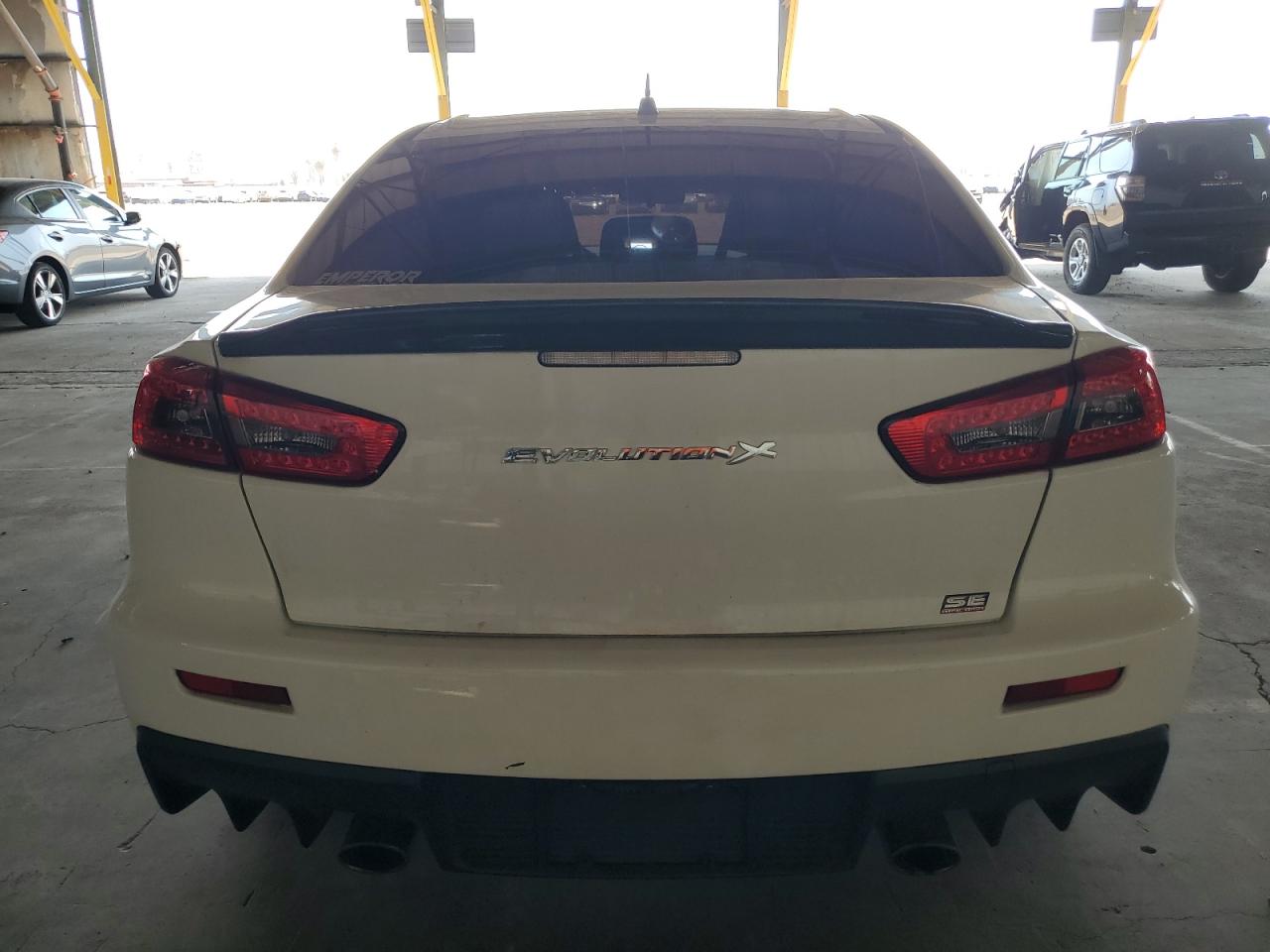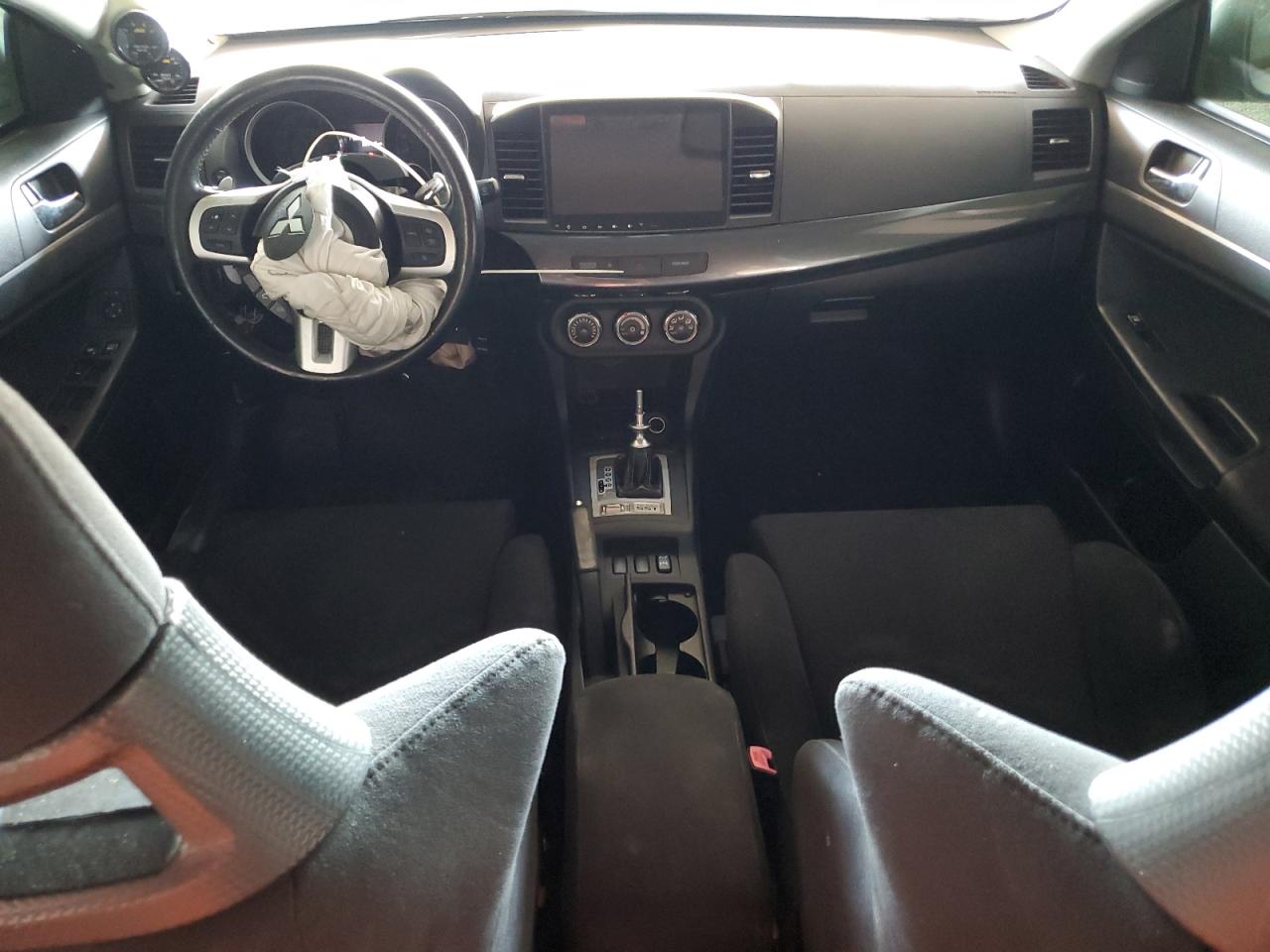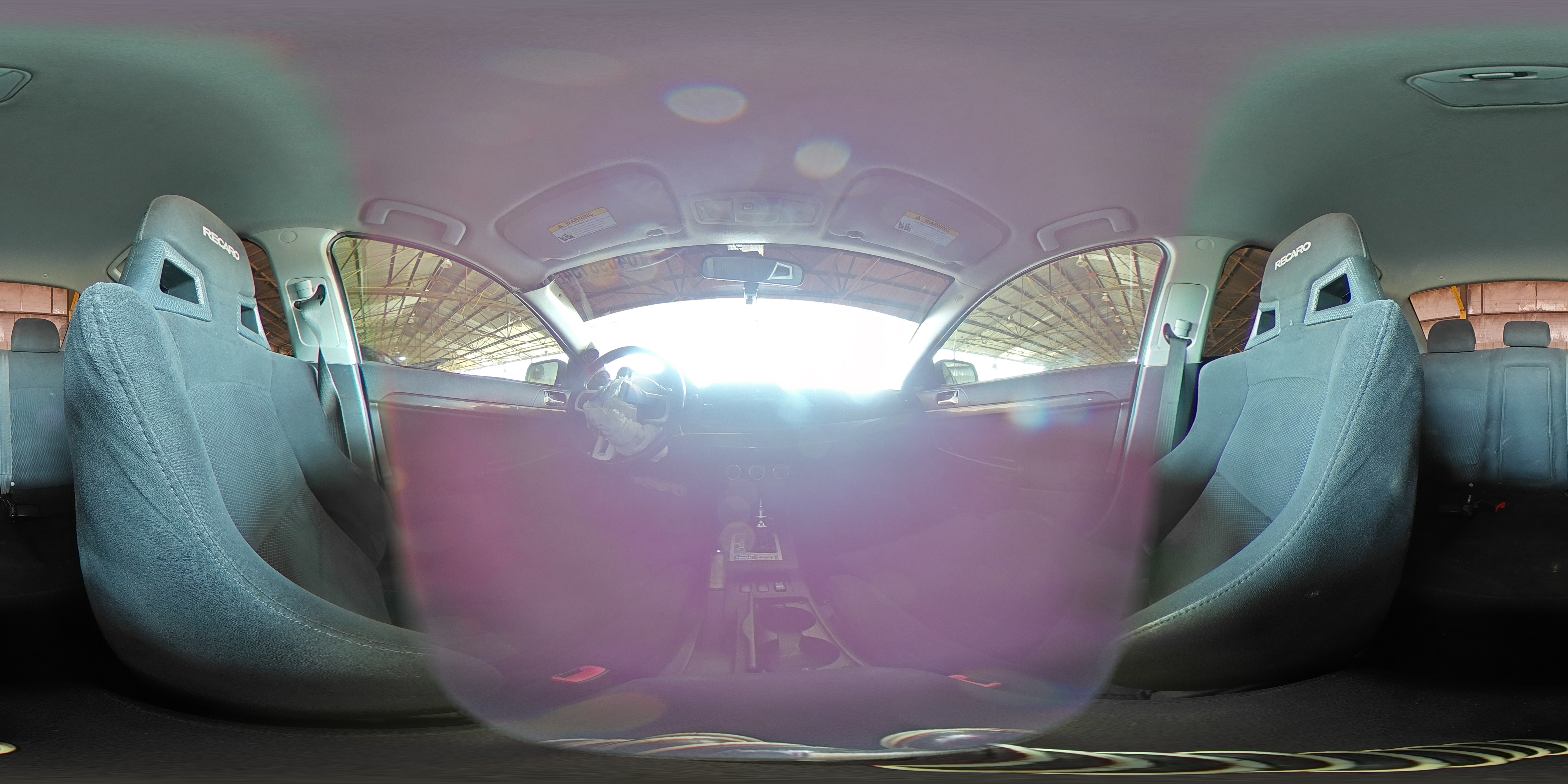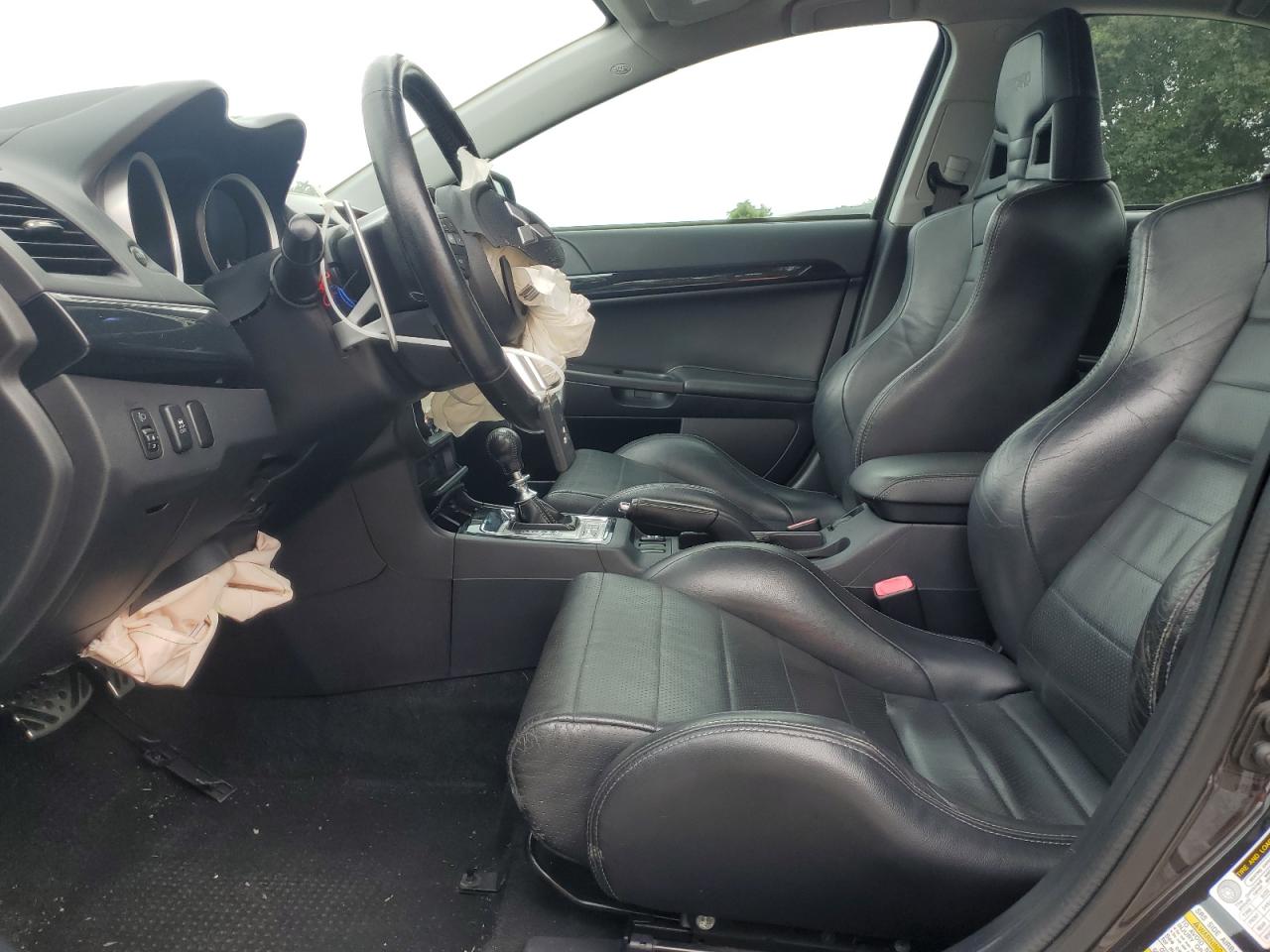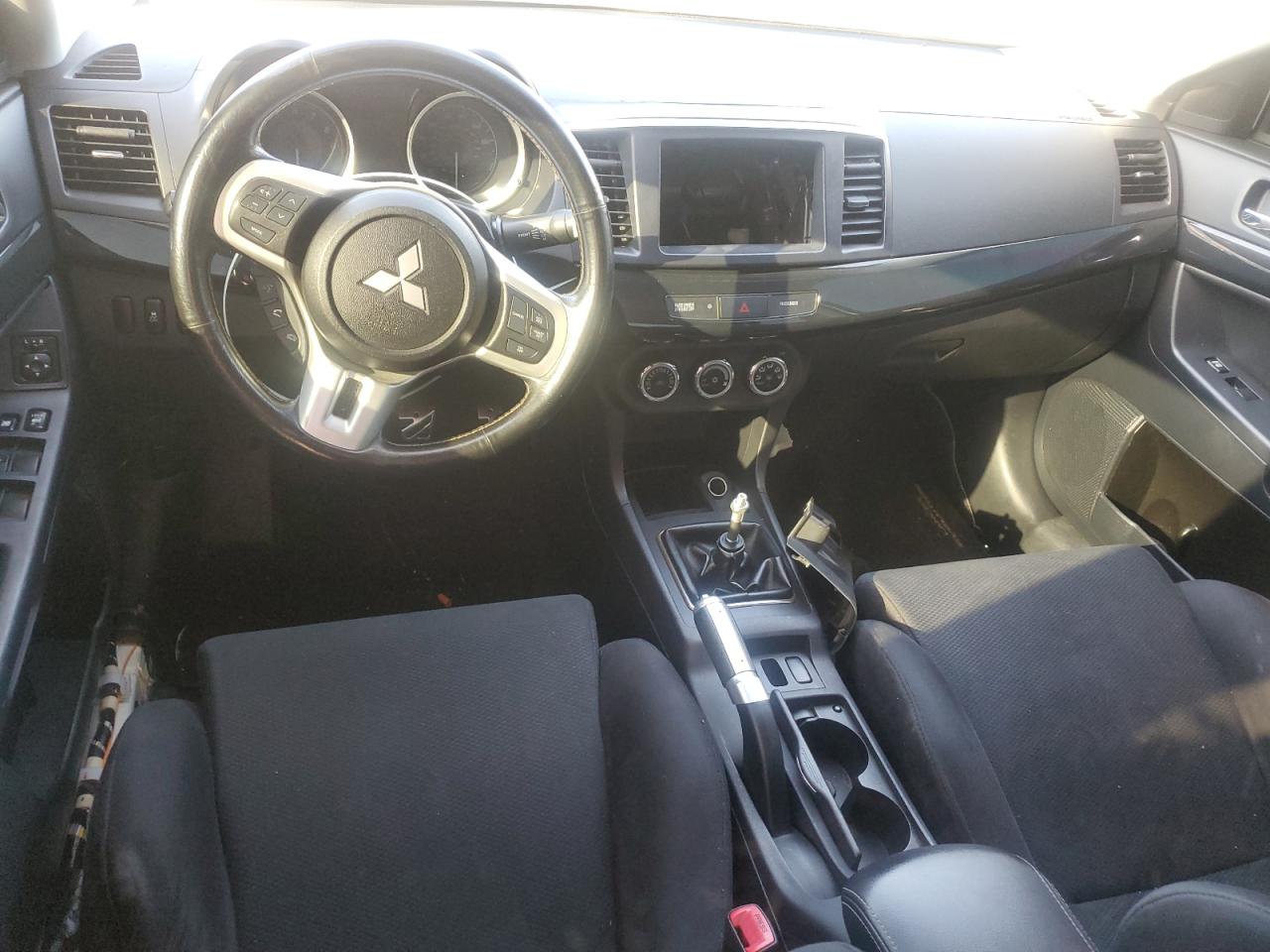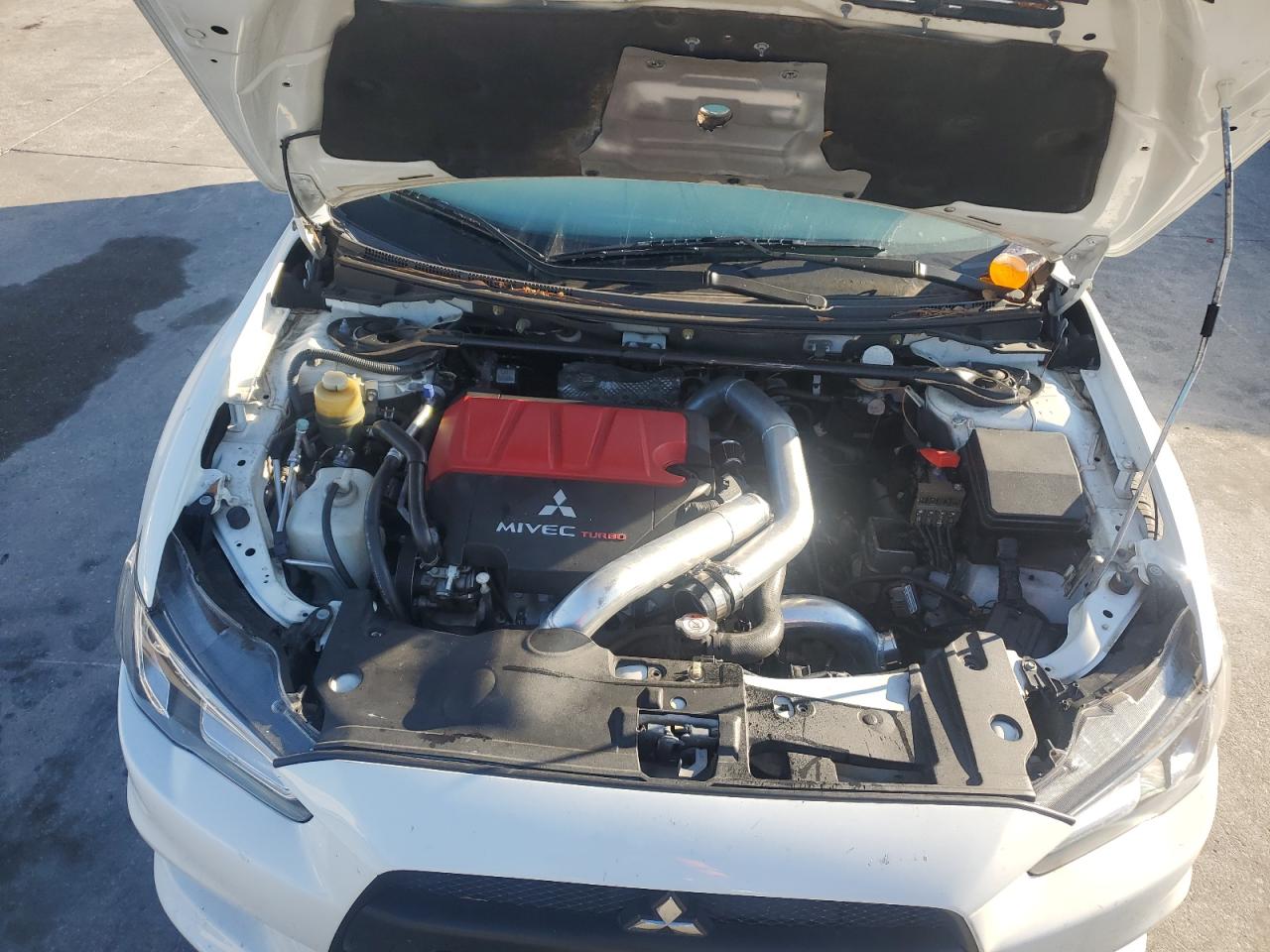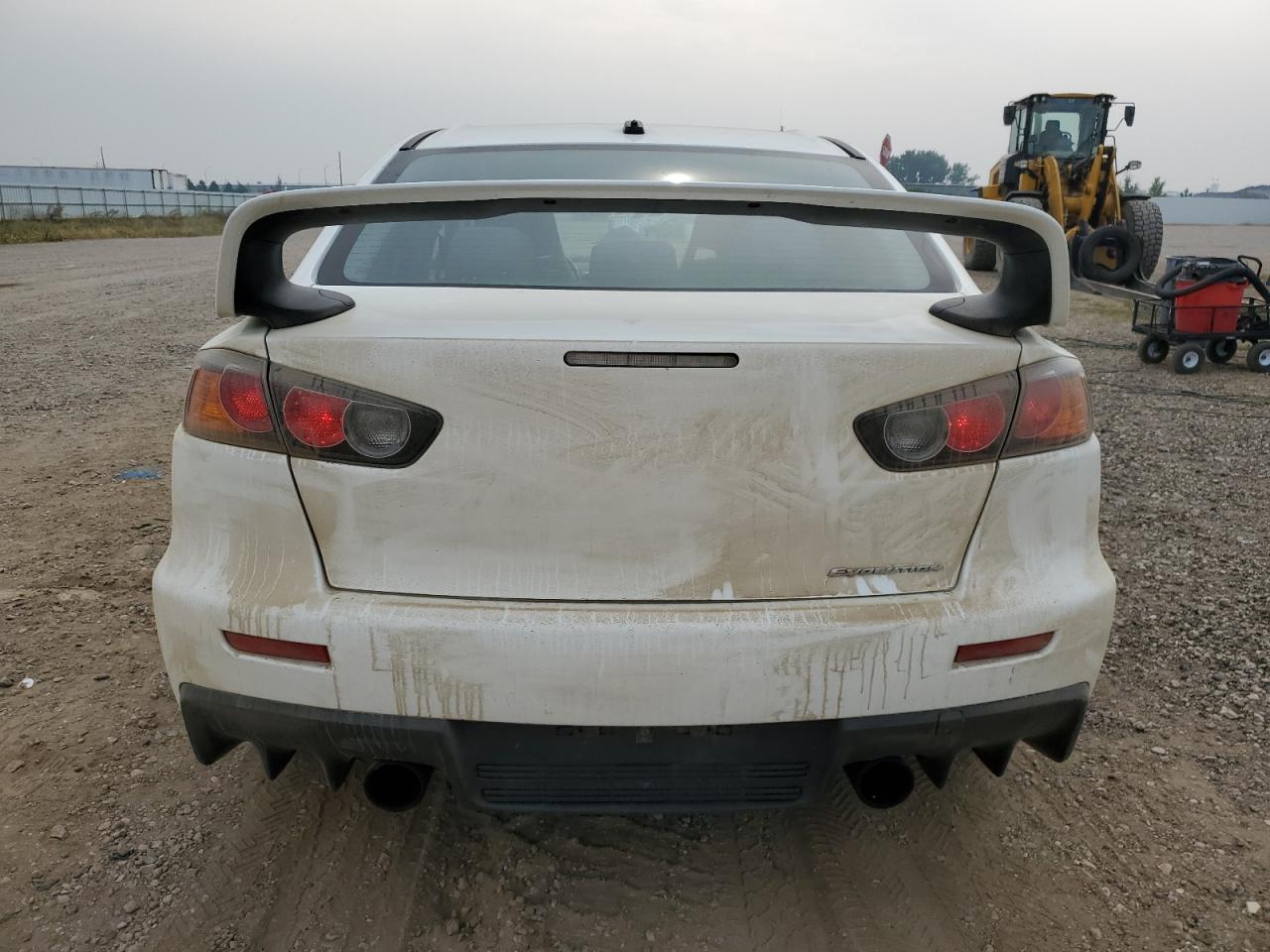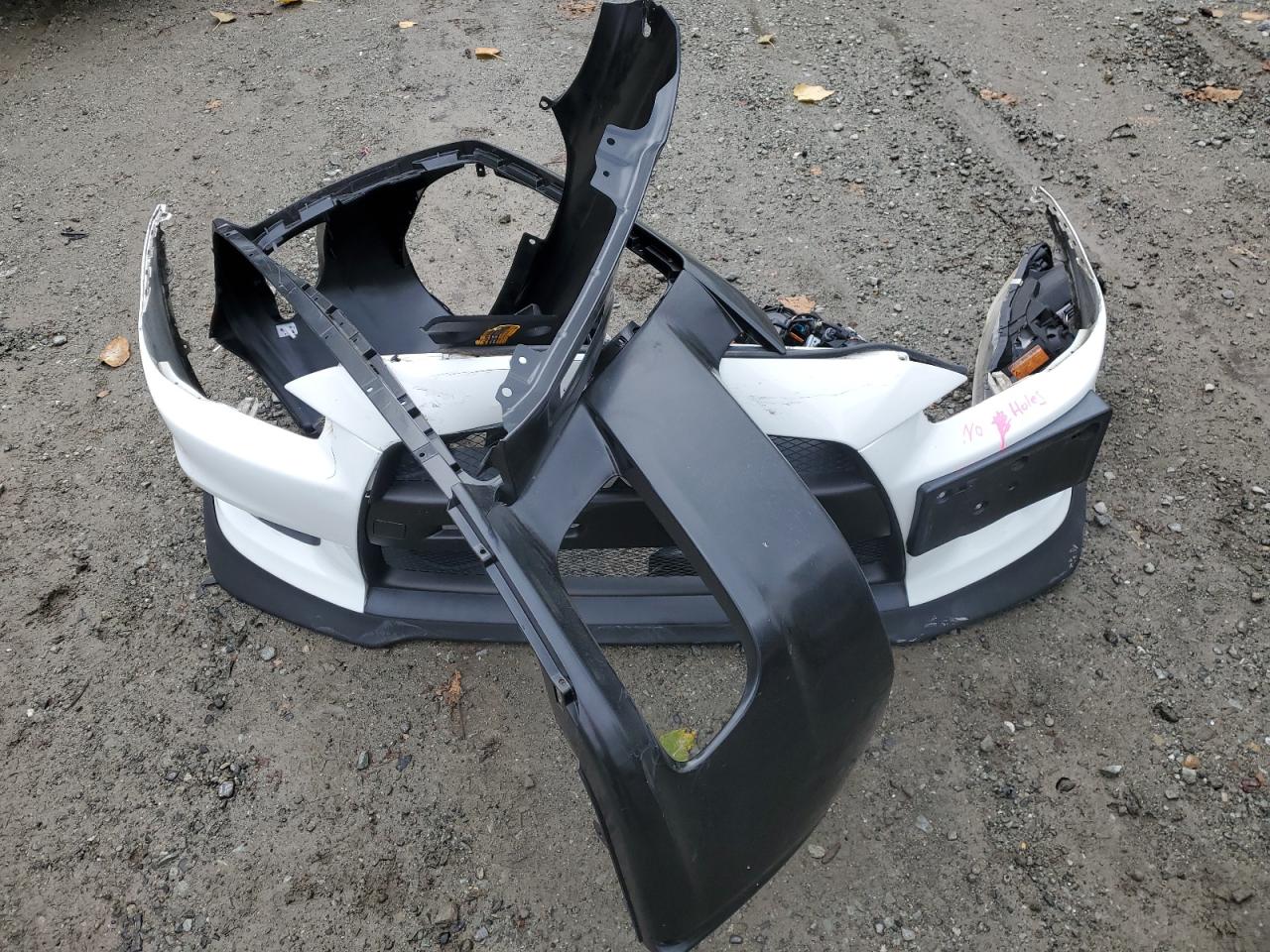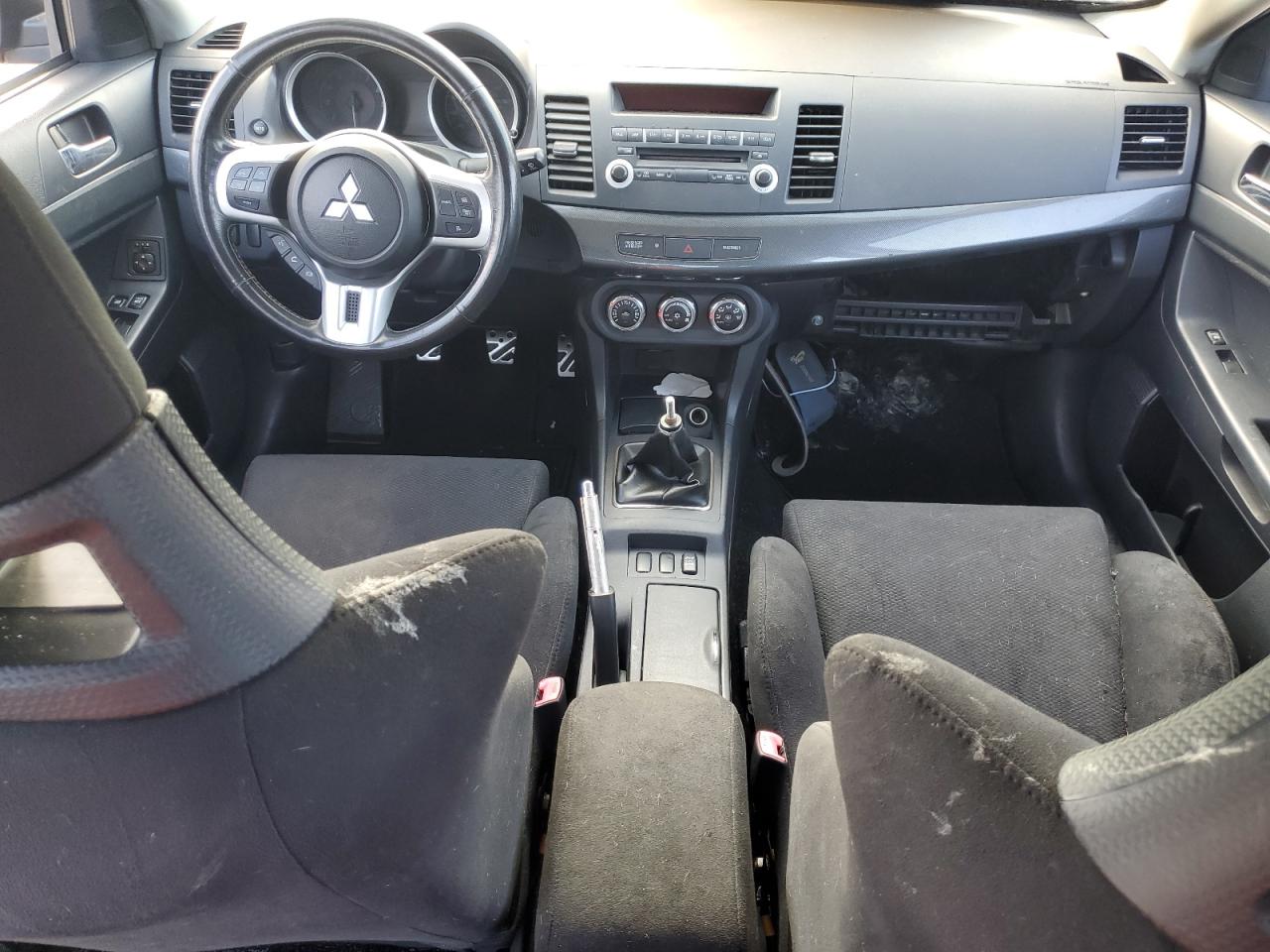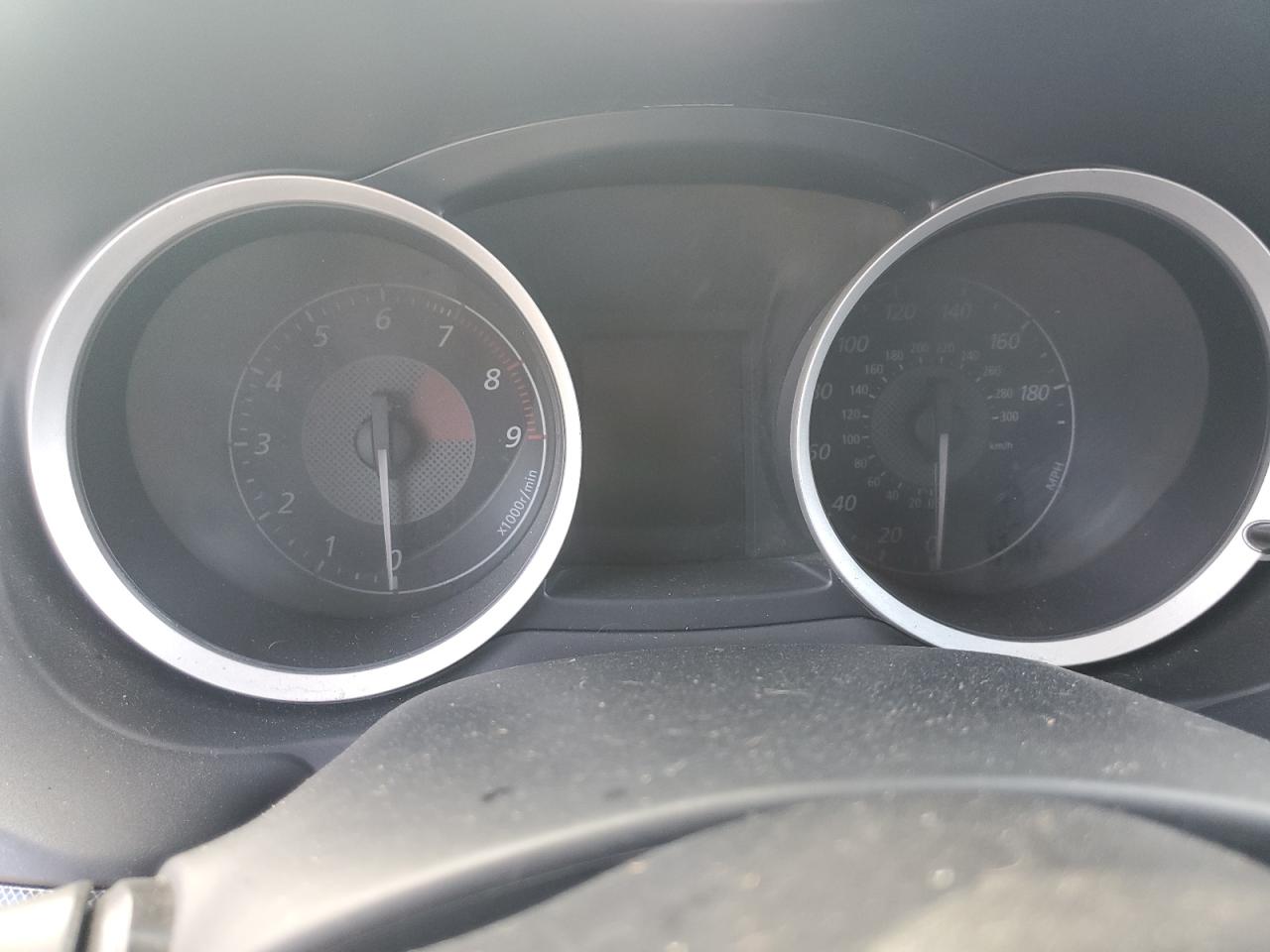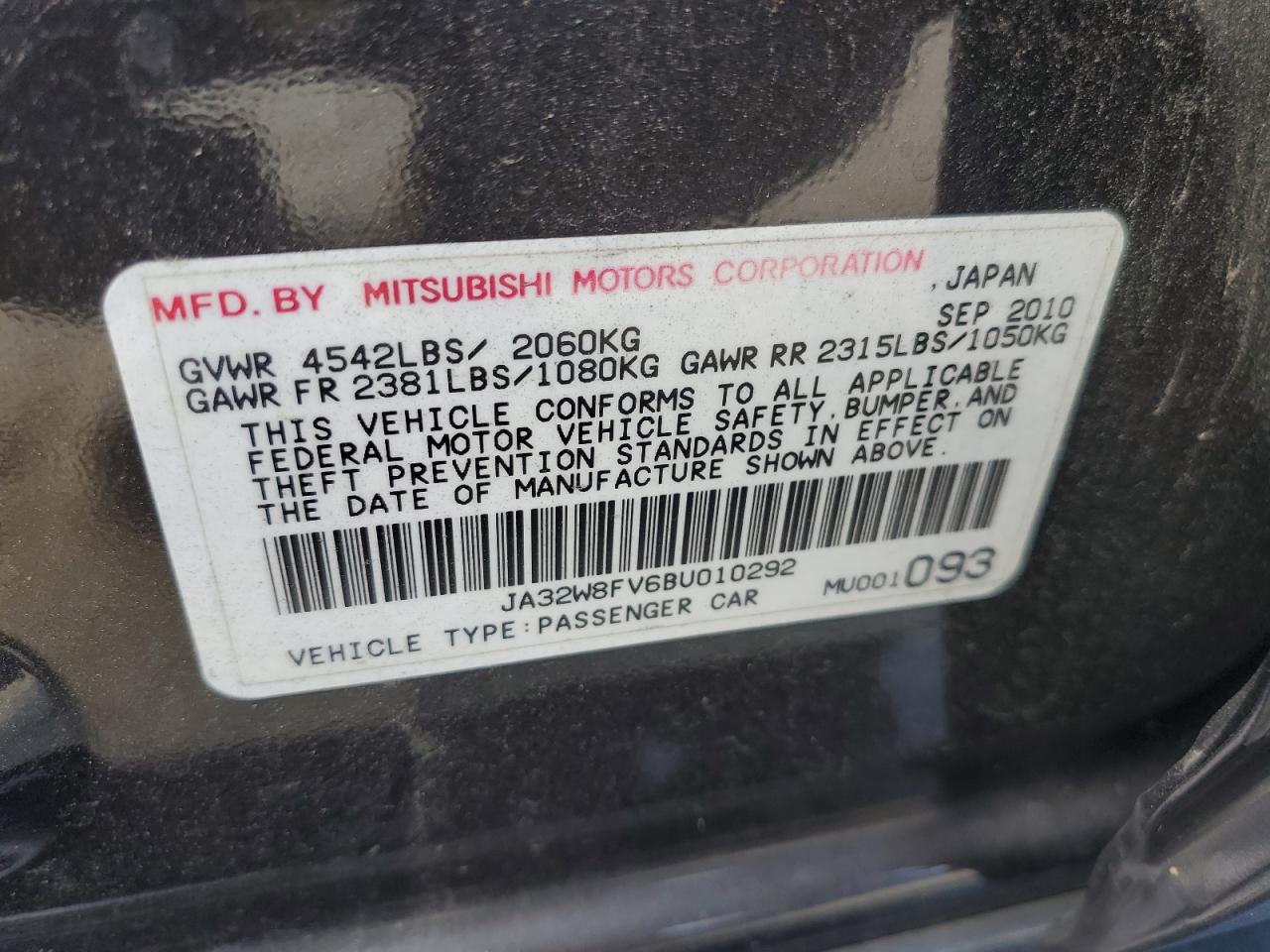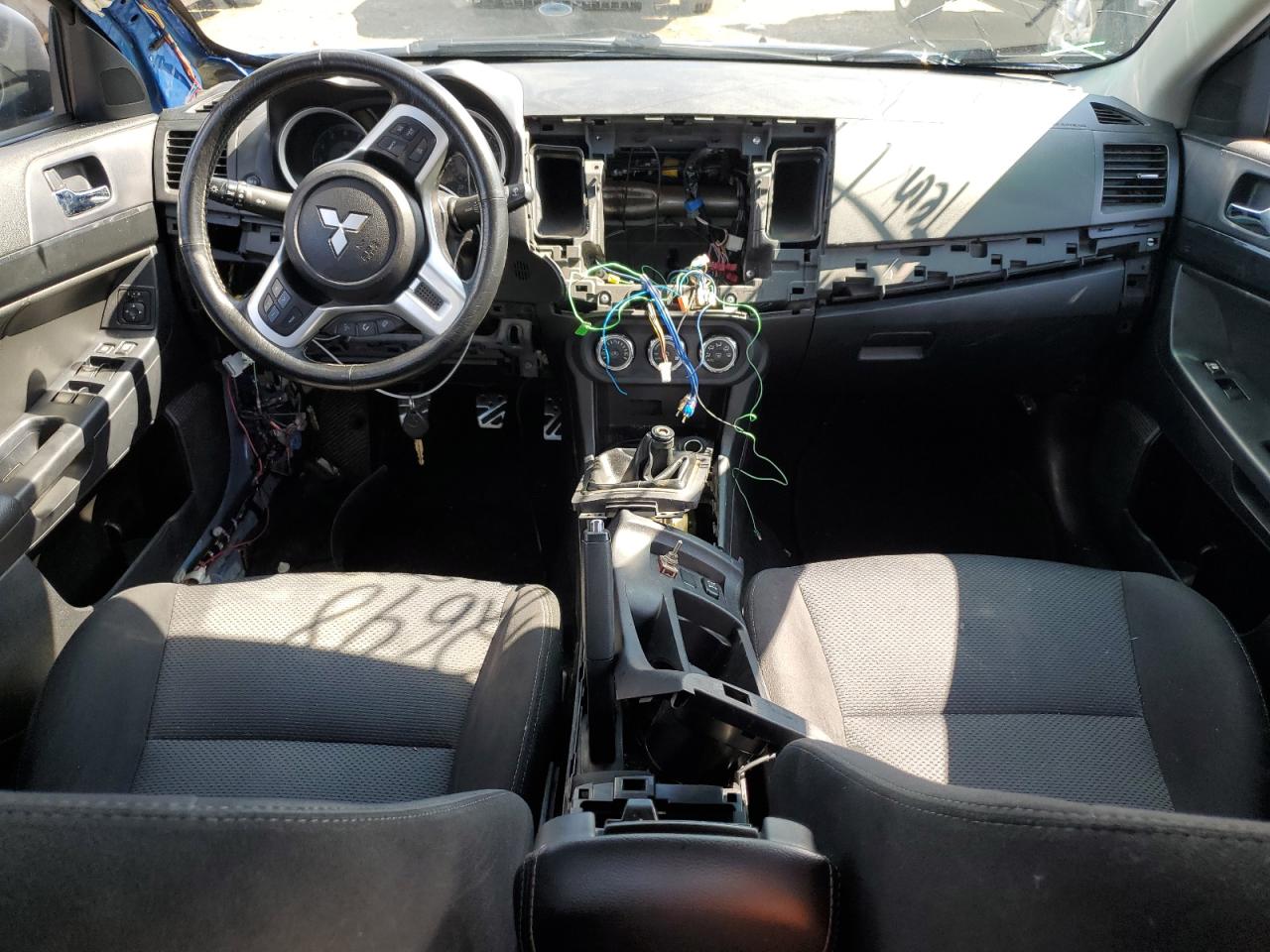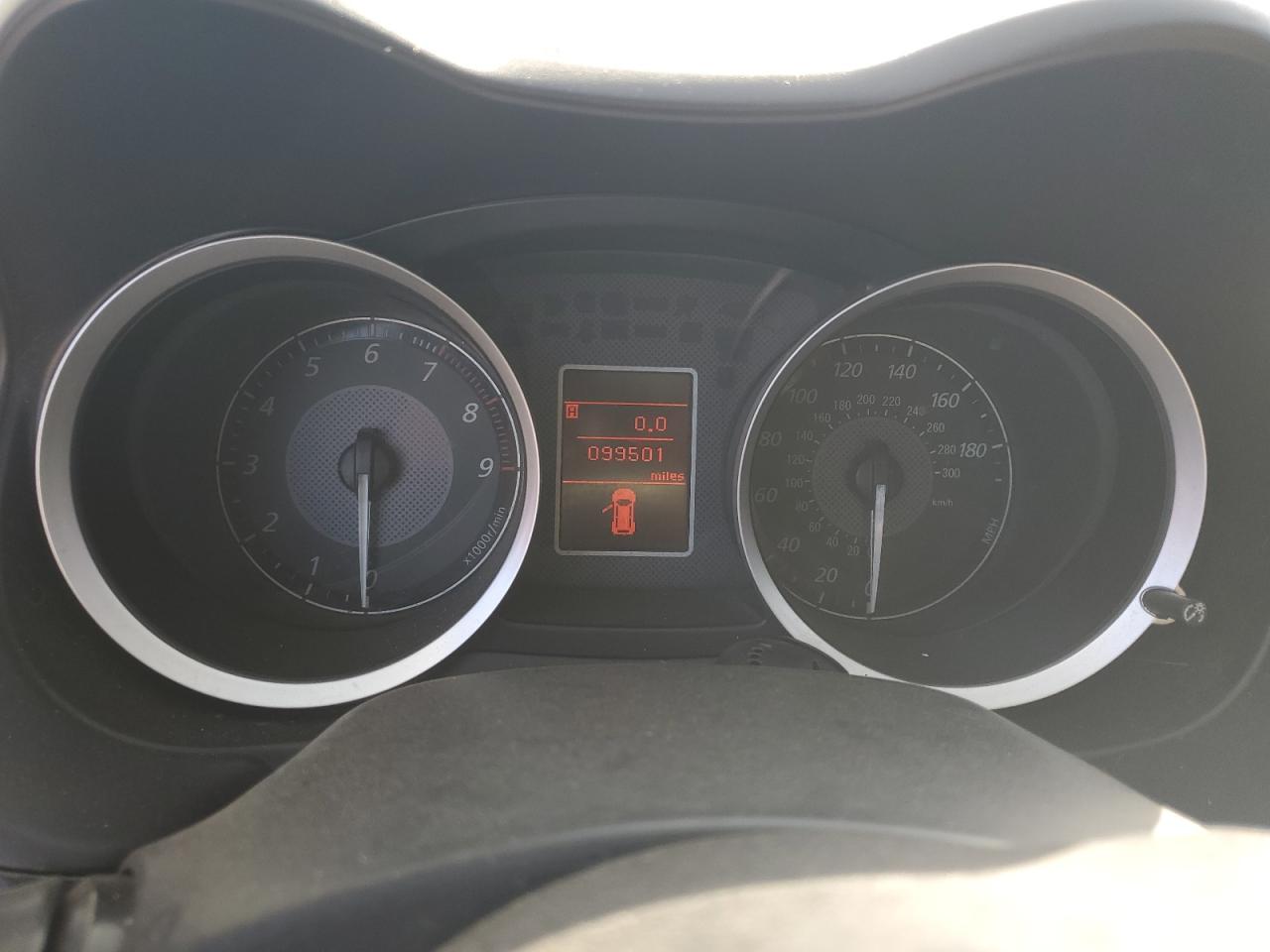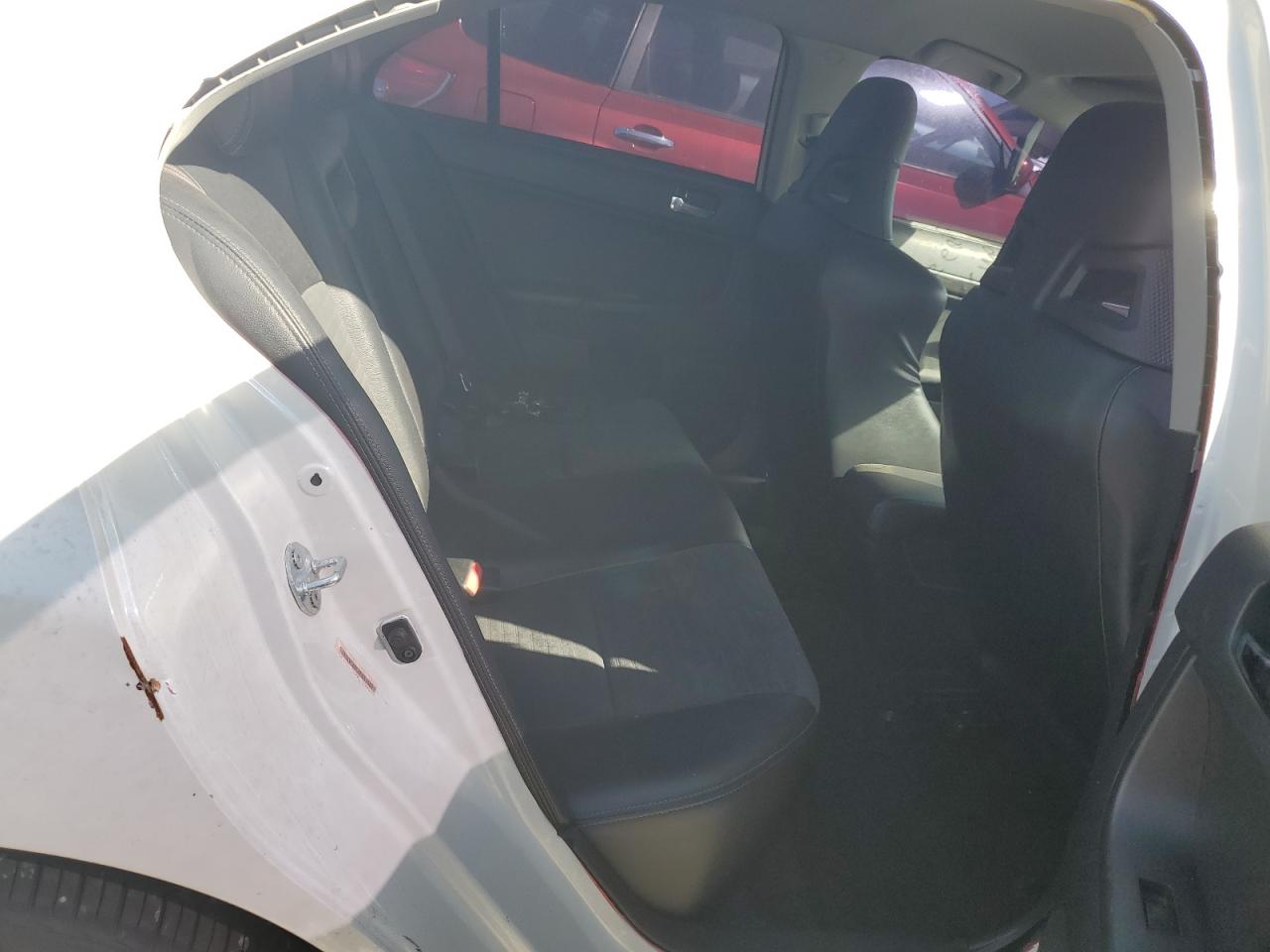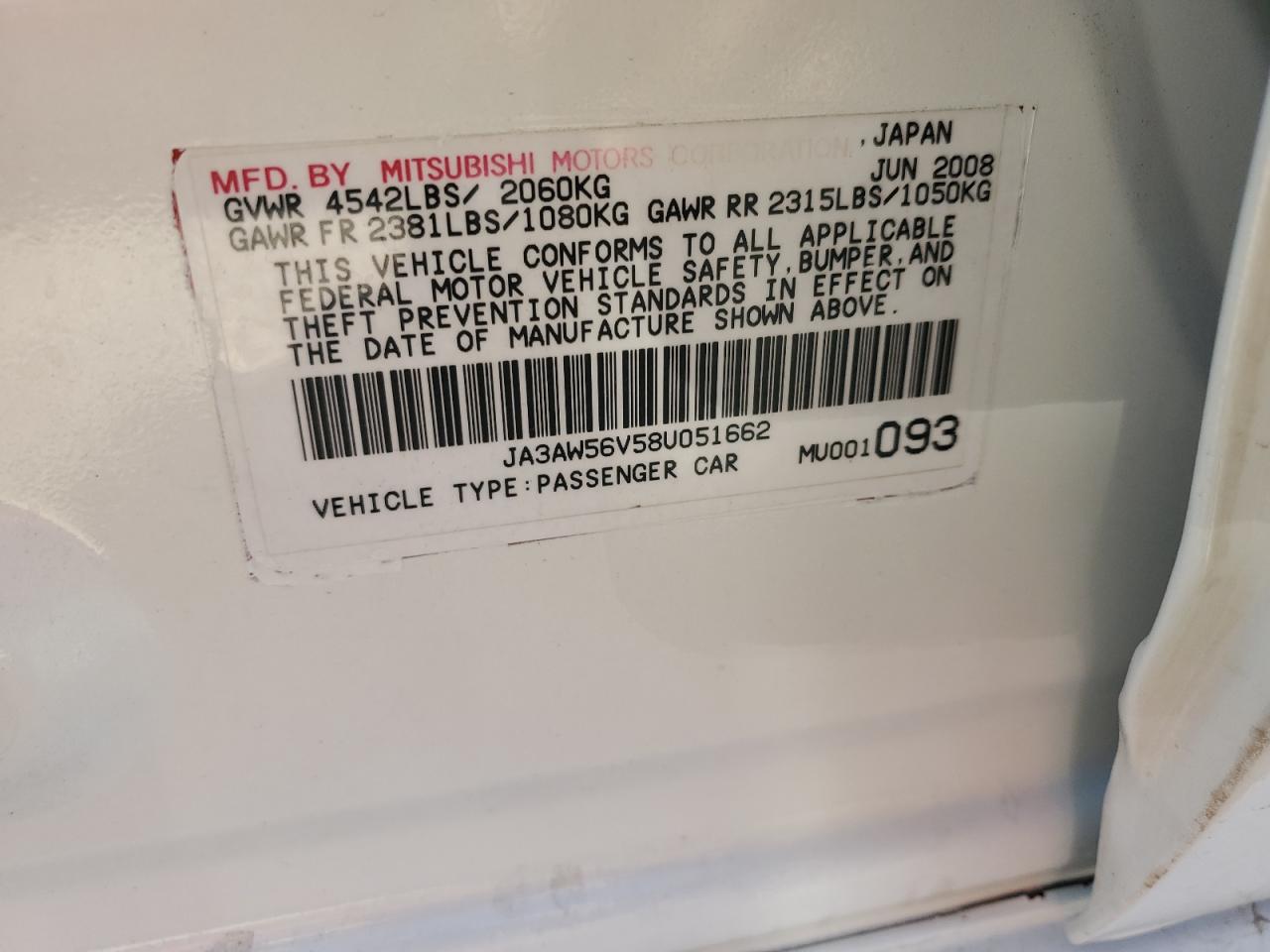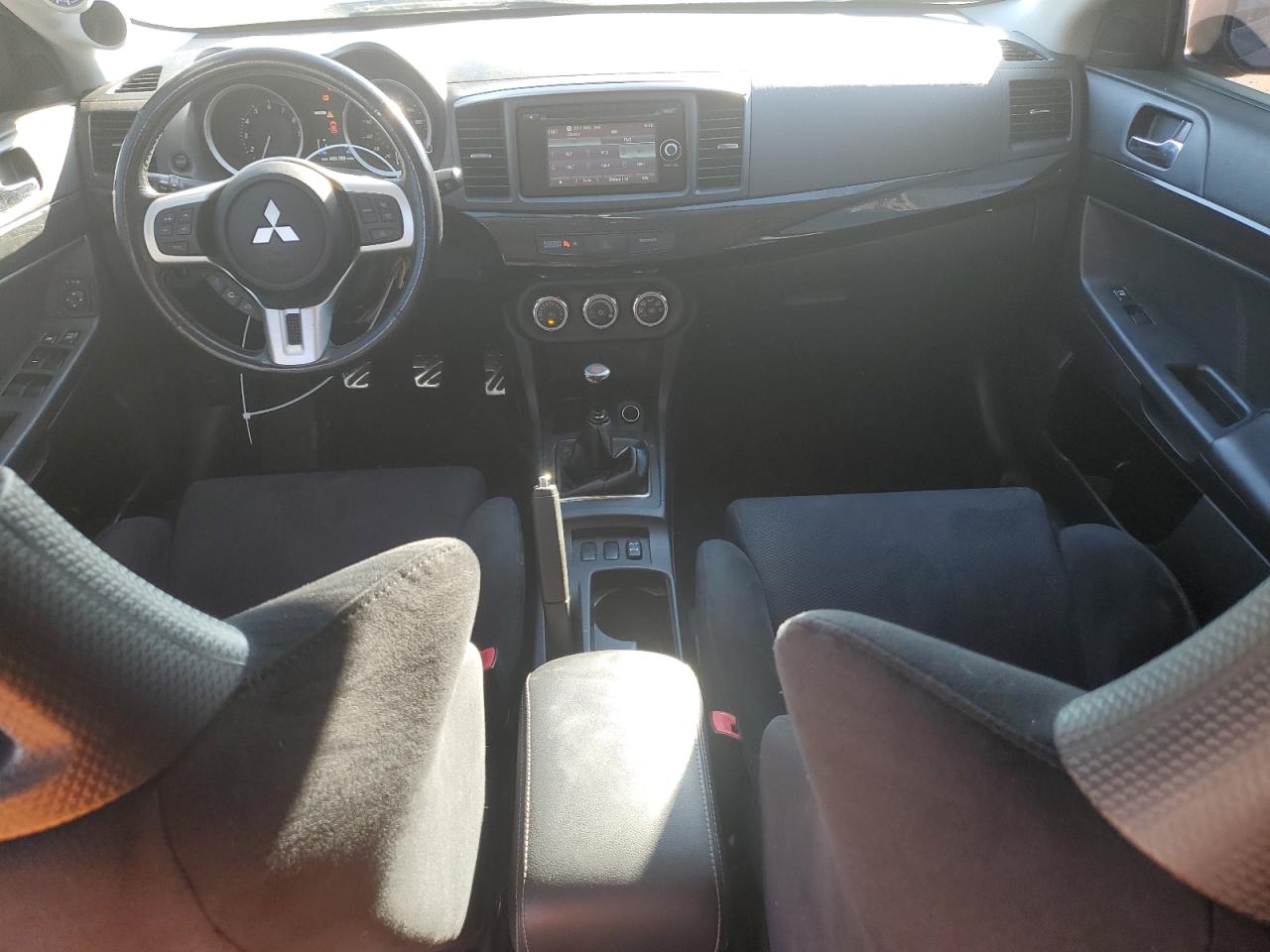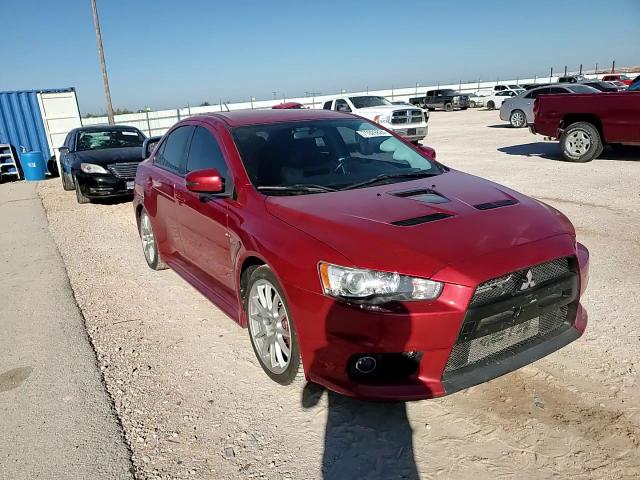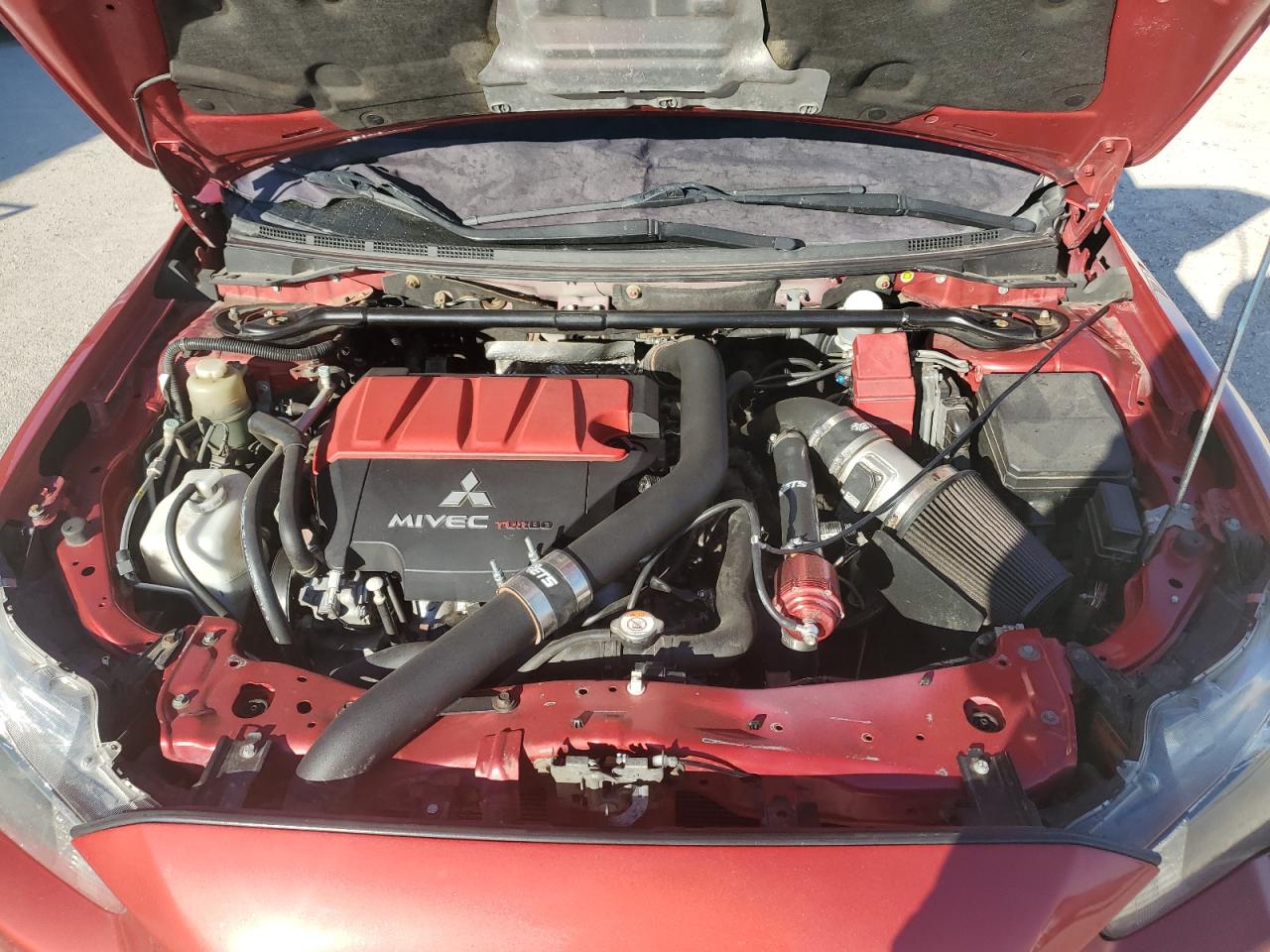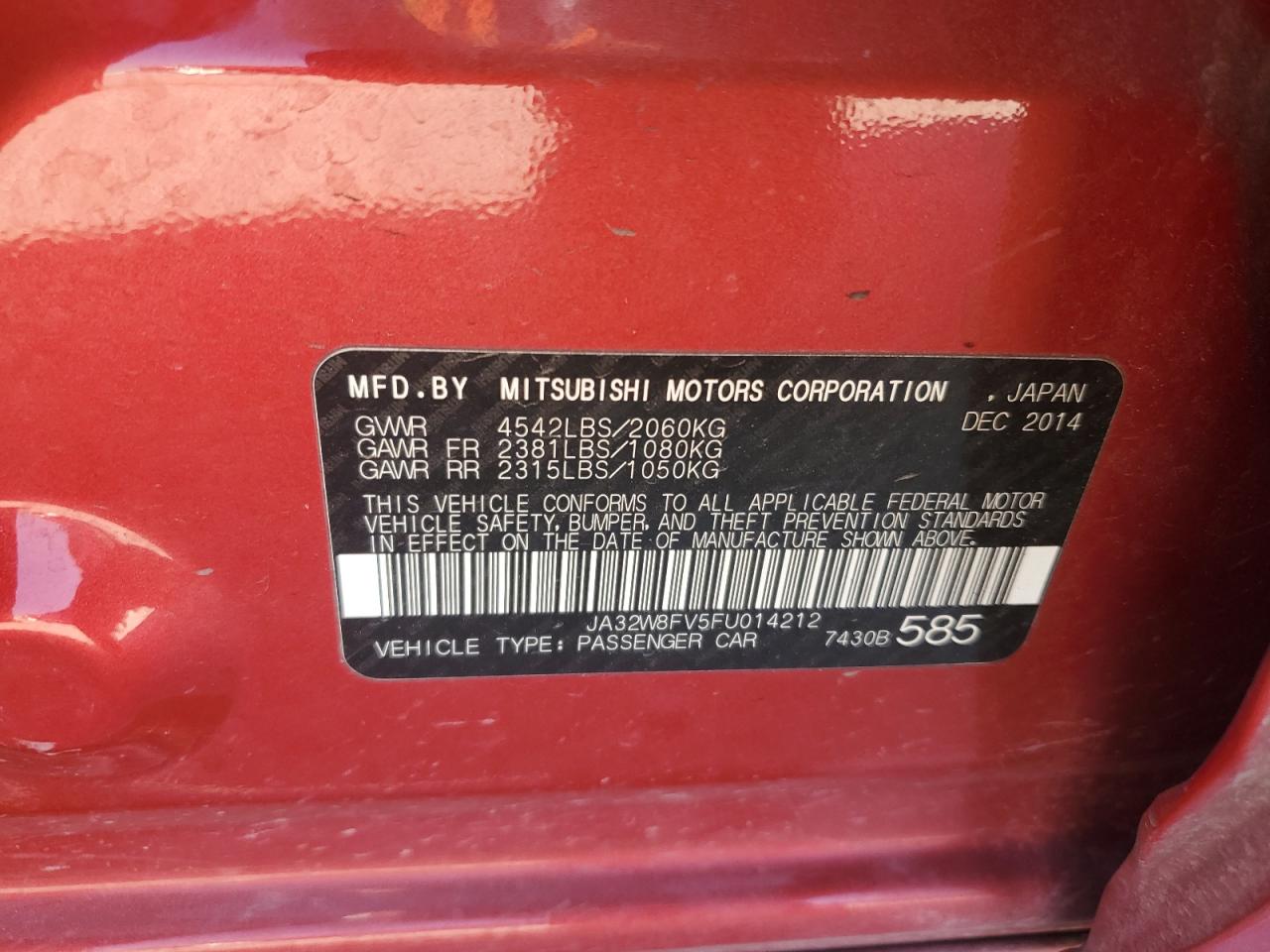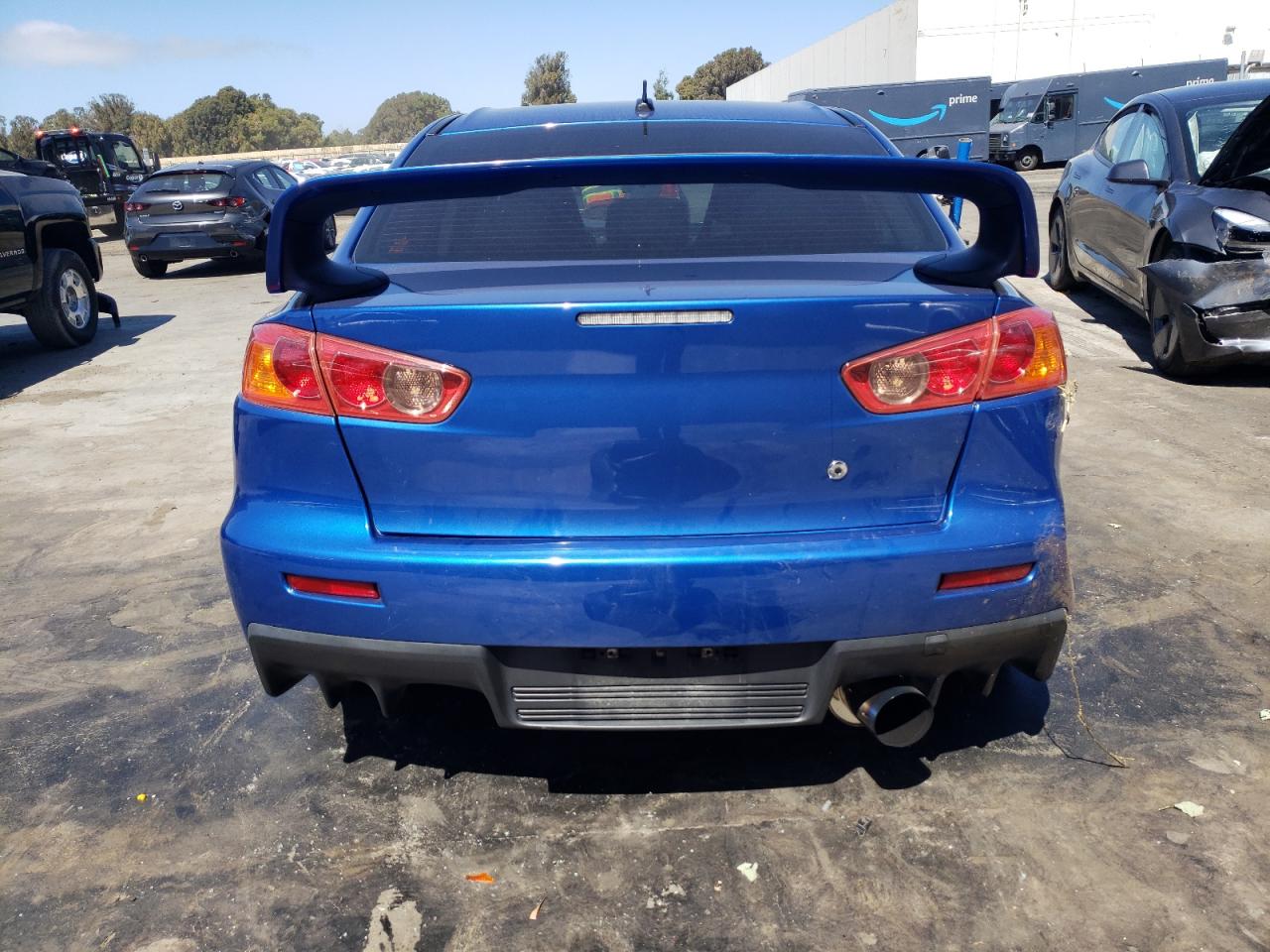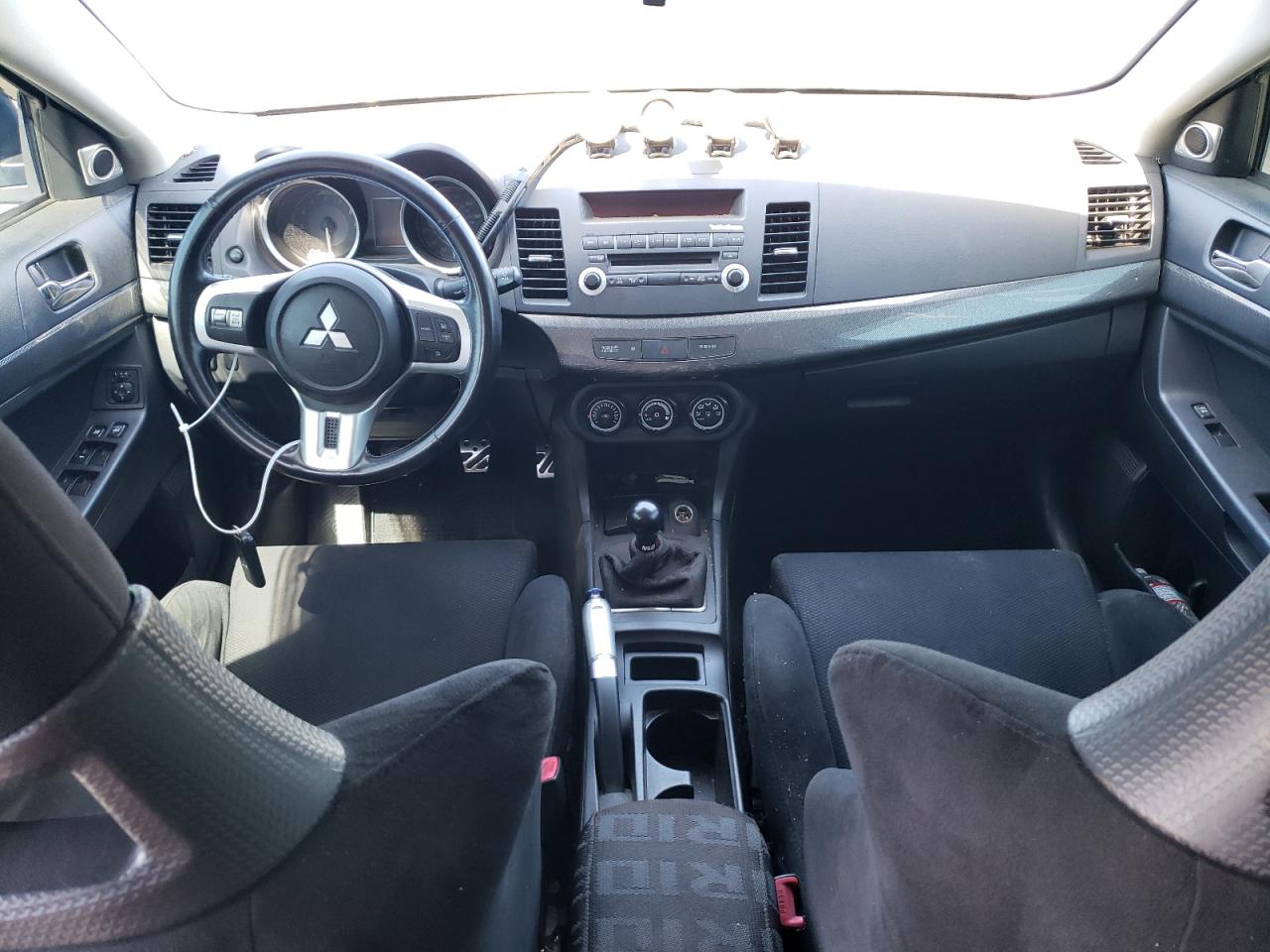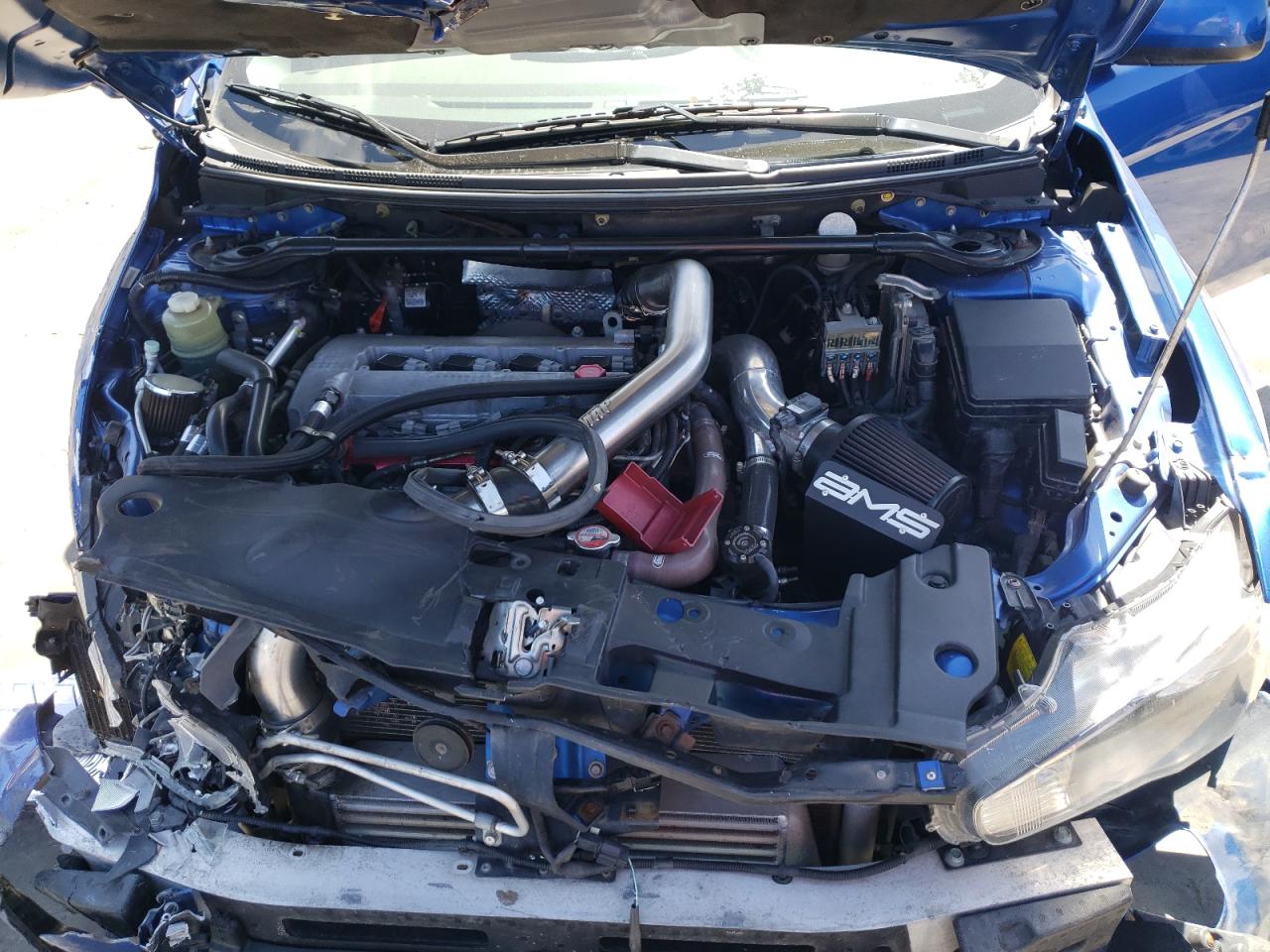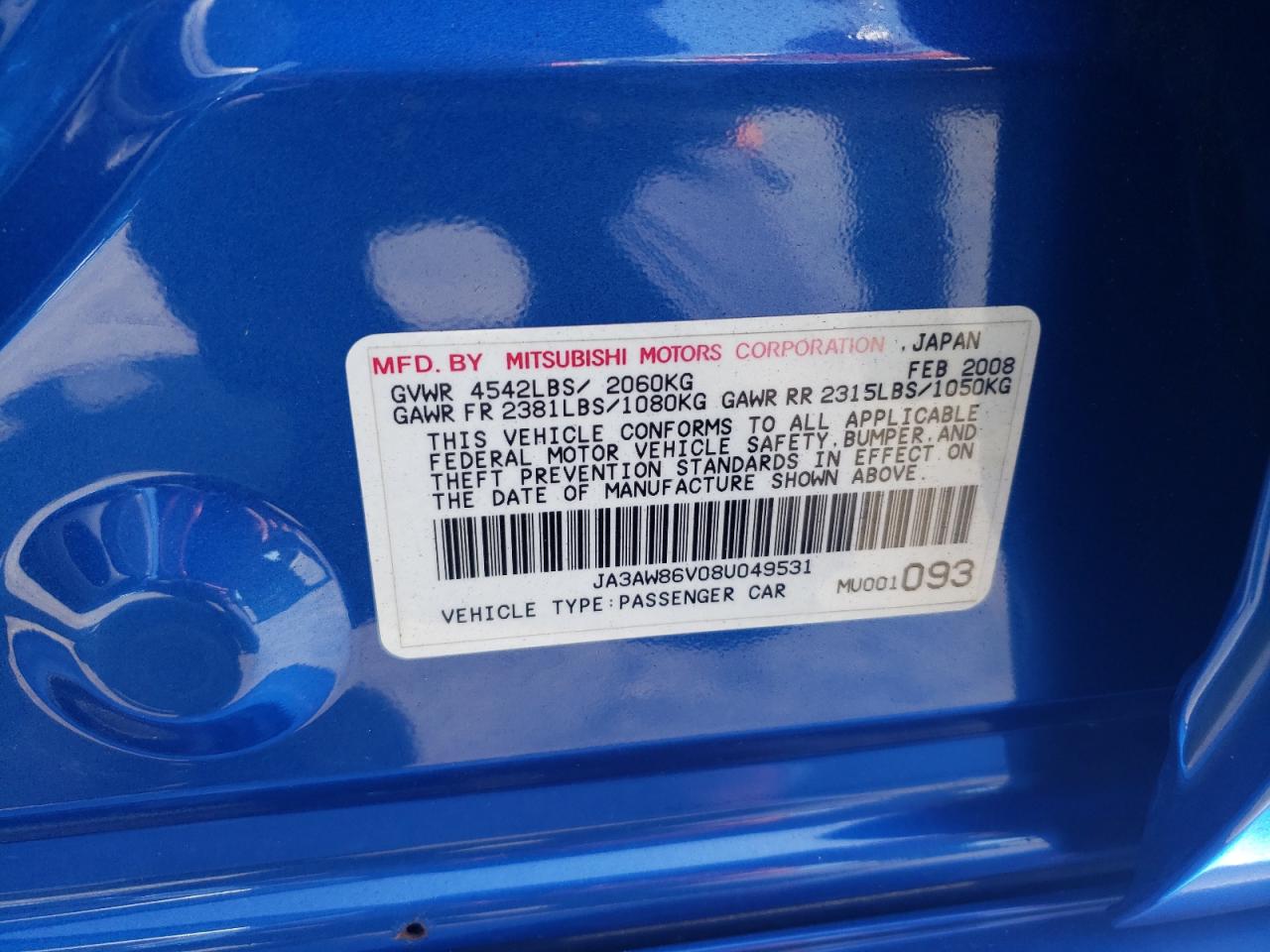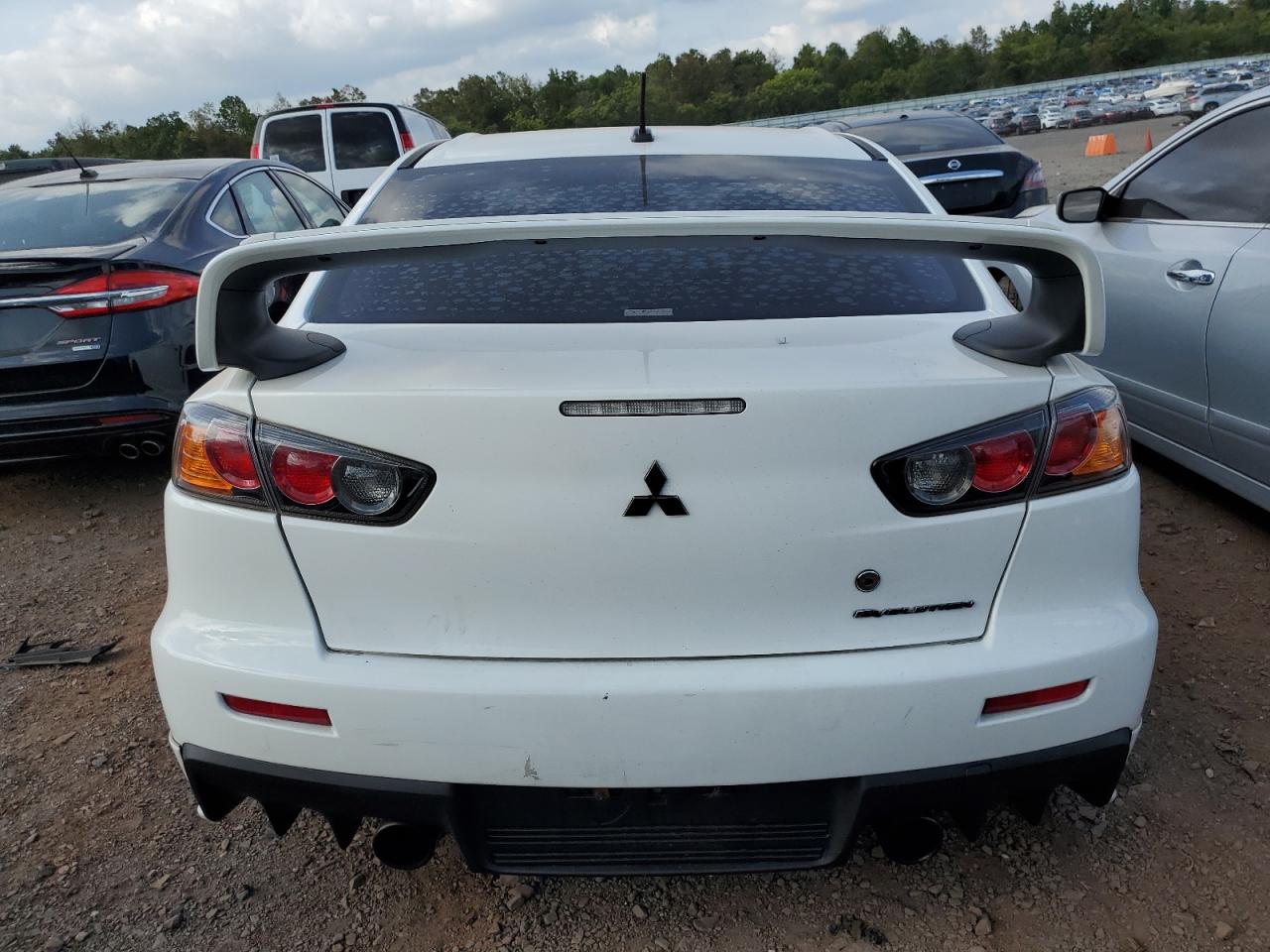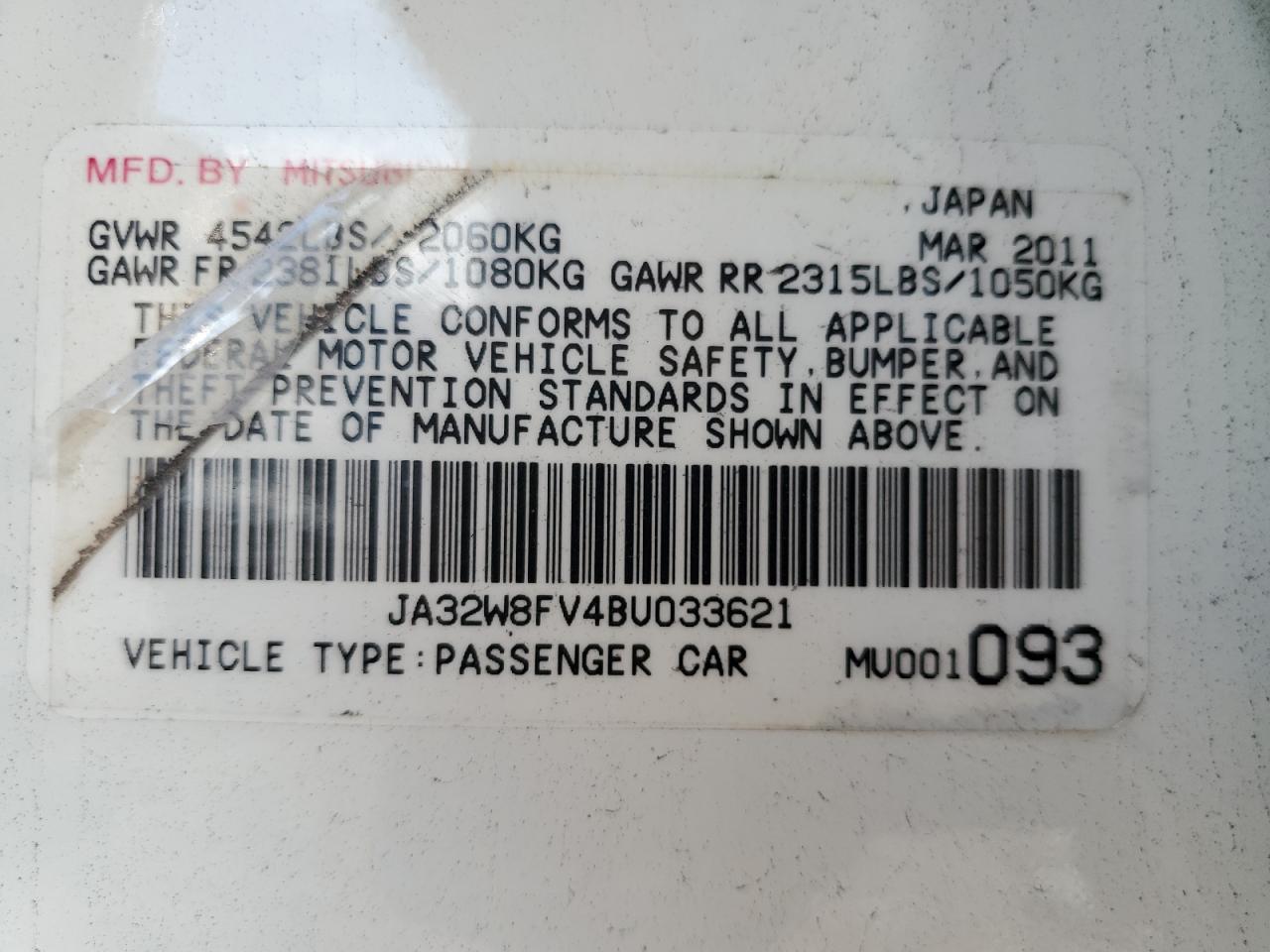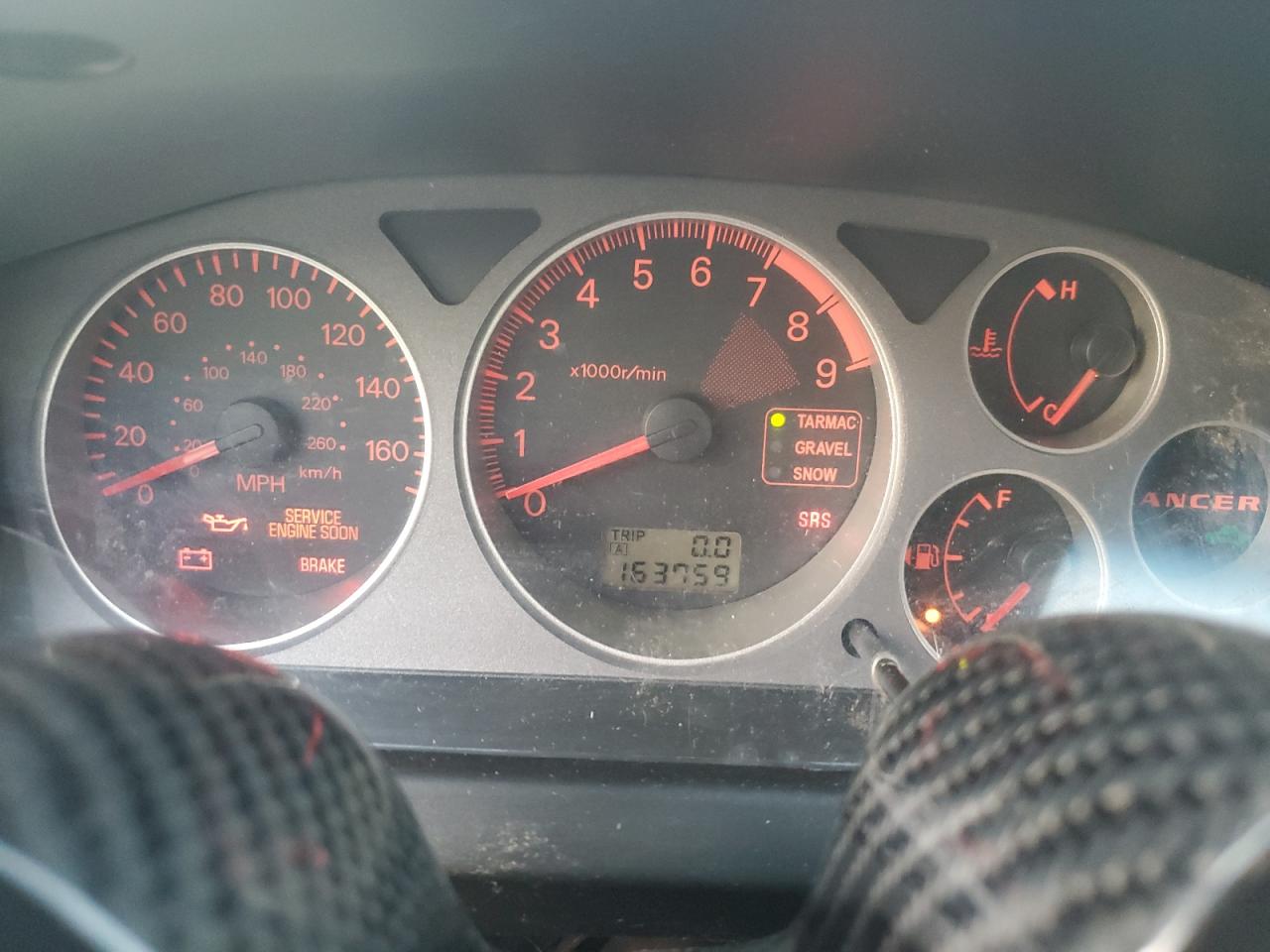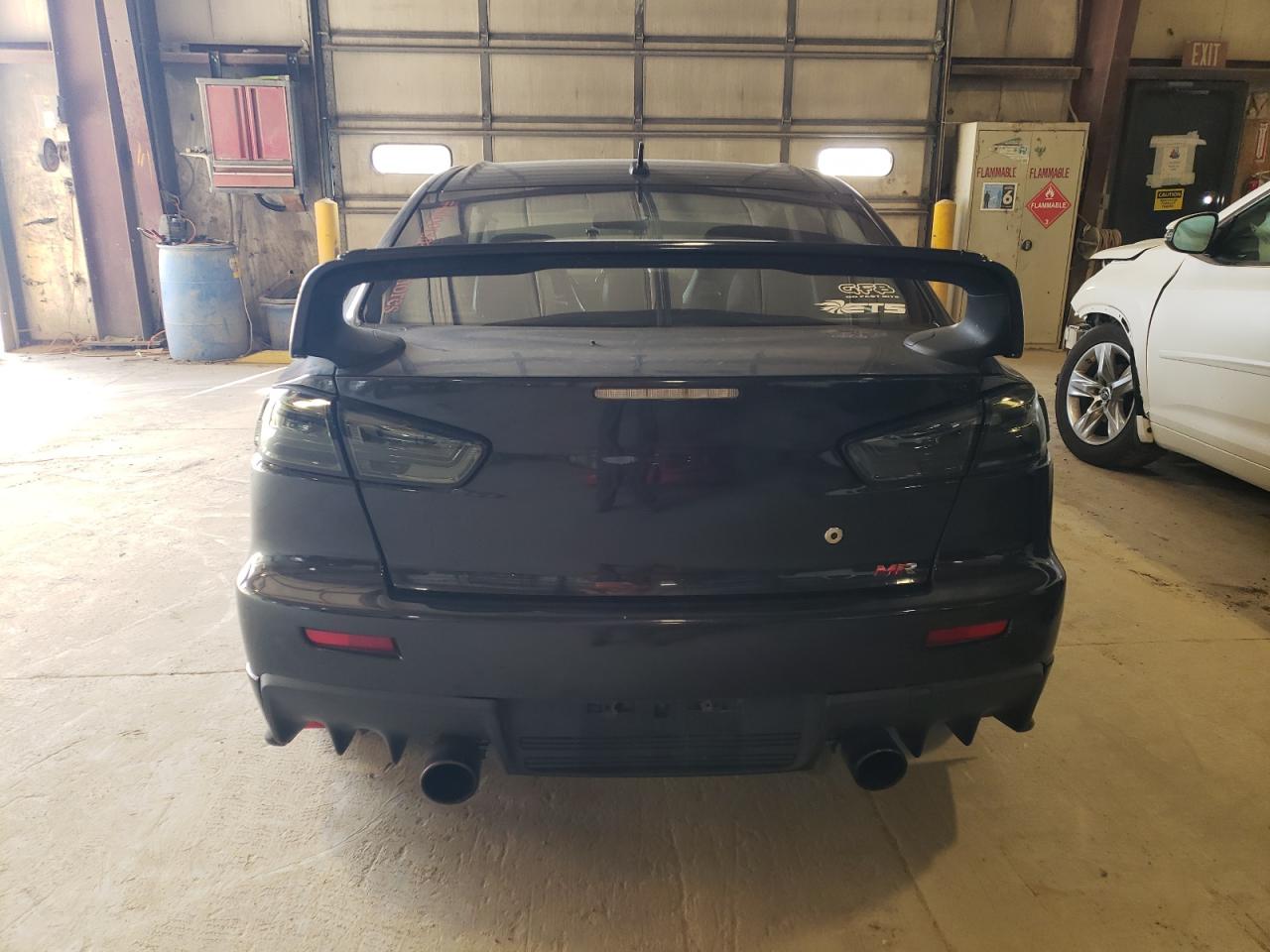Mitsubishi Lancer Evolution (28)
2010 Mitsubishi Lancer Evolution Se
Brand
 Mitsubishi
Mitsubishi
Model
Lancer Evolution
Generation
X
Auction number
64098154
Odometer
193187 km.
Auction platform
copart.com
2012 Mitsubishi Lancer Evolution Mr
Brand
 Mitsubishi
Mitsubishi
Model
Lancer Evolution
Generation
X
Auction number
74764024
Odometer
205695 km.
Auction platform
copart.com
2014 Mitsubishi Lancer Evolution Gsr
Brand
 Mitsubishi
Mitsubishi
Model
Lancer Evolution
Generation
X
Auction number
40460080
Odometer
189515 km.
Auction platform
iaai.com
2014 Mitsubishi Lancer Evolution Gsr
Brand
 Mitsubishi
Mitsubishi
Model
Lancer Evolution
Generation
X
Auction number
72744504
Auction platform
copart.com
2014 Mitsubishi Lancer Evolution Gsr
Brand
 Mitsubishi
Mitsubishi
Model
Lancer Evolution
Generation
X
Auction number
69681524
Odometer
190208 km.
Auction platform
copart.com
2010 Mitsubishi Lancer Evolution Se
Brand
 Mitsubishi
Mitsubishi
Model
Lancer Evolution
Generation
X
Auction number
72463644
Odometer
71643 km.
Sale date
14.10.2024 19:00
Auction platform
copart.com
Bid: 1 600 $
Open
2010 Mitsubishi Lancer Evolution Se
Brand
 Mitsubishi
Mitsubishi
Model
Lancer Evolution
Generation
X
Auction number
40480467
Odometer
133613 km.
Auction platform
iaai.com
2011 Mitsubishi Lancer Evolution Gsr
Brand
 Mitsubishi
Mitsubishi
Model
Lancer Evolution
Generation
X
Auction number
68446384
Sale date
15.10.2024 14:00
Auction platform
copart.com
Bid: 625 $
Open
2015 Mitsubishi Lancer Evolution Final Edition
Brand
 Mitsubishi
Mitsubishi
Model
Lancer Evolution
Generation
X
Auction number
40435878
Auction platform
iaai.com
2015 Mitsubishi Lancer Evolution Gsr
Brand
 Mitsubishi
Mitsubishi
Model
Lancer Evolution
Generation
X
Auction number
71730174
Odometer
111175 km.
Auction platform
copart.com
2011 Mitsubishi Lancer Evolution Evolution Gsr
Brand
 Mitsubishi
Mitsubishi
Model
Lancer Evolution
Generation
X
Auction number
40391527
Odometer
106297 km.
Auction platform
iaai.com
2008 Mitsubishi Lancer Evolution Mr
Brand
 Mitsubishi
Mitsubishi
Model
Lancer Evolution
Auction number
71618004
Odometer
160131 km.
Sale date
16.10.2024 01:00
Auction platform
copart.com
2015 Mitsubishi Lancer Evolution Gsr
Brand
 Mitsubishi
Mitsubishi
Model
Lancer Evolution
Generation
X
Auction number
71929824
Odometer
131627 km.
Auction platform
copart.com
2008 Mitsubishi Lancer Evolution Gsr
Brand
 Mitsubishi
Mitsubishi
Model
Lancer Evolution
Auction number
70892554
Odometer
102430 km.
Sale date
15.10.2024 19:00
Auction platform
copart.com
2011 Mitsubishi Lancer Evolution Gsr
Brand
 Mitsubishi
Mitsubishi
Model
Lancer Evolution
Generation
X
Auction number
71182174
Odometer
207816 km.
Auction platform
copart.com
2005 Mitsubishi Lancer Evolution
Brand
 Mitsubishi
Mitsubishi
Model
Lancer Evolution
Auction number
68262414
Odometer
247451 km.
Sale date
16.10.2024 01:00
Auction platform
copart.com
2008 Mitsubishi Lancer Evolution Mr
Brand
 Mitsubishi
Mitsubishi
Model
Lancer Evolution
Auction number
67921534
Odometer
182849 km.
Auction platform
copart.com
Bid: 200 $
Open
2013 Mitsubishi Lancer Evolution Gsr
Brand
 Mitsubishi
Mitsubishi
Model
Lancer Evolution
Generation
X
Auction number
40117975
Odometer
311485 km.
Sale date
16.10.2024 14:30
Auction platform
iaai.com
Mitsubishi Lancer Evolution is a symbol of speed, dynamics and technical perfection. This famous car model is not only the embodiment of engineering mastery, but is also an object of admiration among car enthusiasts and professional racers around the world. Let's take a look at the history and evolution of the Mitsubishi Lancer, consider various modifications, delve into the palette of available colors, and discuss both the successful and problematic aspects of this car.
The first glance at the Lancer Evolution is breathtaking. Since its debut in 1992, this model has instantly won the hearts of car enthusiasts with its aggressive style, powerful engine and outstanding performance. Each generation of the Mitsubishi Lancer Evolution, from the Evo I to the latest Evo X, has been the embodiment of advanced technology and unrivaled dynamics.
One of the main features of the Mitsubishi Lancer Evolution is its ability to adapt to the demands of the time and the market. Over the years, the model has undergone numerous changes and modifications, improving its characteristics and responding to the needs of drivers. From improved engines to advanced control and safety systems, each generation of the Evo has represented a step forward in the world of automotive technology.
History of the Mitsubishi Lancer Evolution model
The first generation of Evolution, Evo I, impressed many with its dynamics and ability to adapt to various road and track conditions. Over the years, Mitsubishi has released nine more generations of Evo, each bringing new improvements in design, technical characteristics and performance.
- Modifications: Each generation of Evolution had several modifications, from Evo II to Evo X. Each new version brought improvements to the engine, suspension, aerodynamics and interior of the car, making it even more attractive to car enthusiasts.
- Colours: Depending on the generation and market, the Evo was available in a variety of colours, including classic shades such as white, blue and grey, as well as exclusive options such as red, green and black.
- Production years: Mitsubishi produced the Evolution from 1992 to 2016, offering rally car fans constantly updated models with advanced technologies.
- Sales: During its existence, the Mitsubishi Lancer Evolution gained immense popularity around the world, although exact sales figures vary depending on the market and generation. However, it remained one of the most sought-after cars in its segment.
Modifications: from Evolution I to Evolution X
The Mitsubishi Lancer Evolution, often shortened to Evo, is renowned for its power, sporty performance and rally success. The Evolution series began with the Evolution I in 1992 and continued through to the latest Evolution X.
Each subsequent modification of the Evolution series brought improvements in performance, dynamics and design. They differed not only in technical parameters, but also in appearance, which made each new version even more desirable for lovers of speed and sports cars.
- Evolution I: The first modification was introduced in 1992 and had a powerful 2.0-liter turbocharged engine, all-wheel drive and aggressive exterior design.
- Evolution II - IX: All subsequent models of the Evolution series continued to improve the technical characteristics, appearance and comfort of the car, making it one of the leaders in its class.
- Evolution X: The latest modification of the series was released in 2007. The Evolution X had even more advanced design and technology, which made it one of the most desirable and popular models in Mitsubishi history.
Color solutions and painting features
The choice of body color for the Mitsubishi Lancer Evolution has always been an important aspect for fans of this model. Mitsubishi offered a wide range of color solutions to satisfy the various preferences of owners.
Among the most popular colors for the Lancer Evolution are Classic Red, Lightning Yellow, and Rally Red. They symbolize the dynamism and aggressiveness that are typical for sports cars of this class.
- Classic Red: This vibrant red hue was one of the most popular choices among Lancer Evolution enthusiasts, adding a distinctive, eye-catching touch to the car.
- Lightning Yellow: The bright yellow colour was often associated with dynamism and energy, making it perfect for a sports car that strives for speed and adrenaline.
- Rally Red: This shade of red, inspired by rally cars, added aggressiveness and sportiness to the Lancer Evolution. It was one of the most emblematic for the model.
Mitsubishi also offered more classic colors such as Black, White, and Silver, which gave the car an elegant and understated look. Depending on the year and region, the available color options may vary slightly.
Years of production and number of cars sold
The history of the Mitsubishi Lancer Evolution includes twelve generations, released from 1992 to 2016. During its existence, the model has gained immense popularity among fans of fast and dynamic driving. Each generation of the Evo, as fans call it, brought something new to the world of automotive engineering, be it technology, design or performance.
The total number of Mitsubishi Lancer Evolution sold is more than 100,000 units worldwide. The popularity of the Evo has fluctuated over the years and generations, but overall, the model has always been in the spotlight among car enthusiasts, especially those who are into tuning and motorsports.
The most successful and problematic versions of the model
During its rich heritage, the Mitsubishi Lancer Evolution has spawned many modifications, each with its own characteristics, both positive and negative. Let's look at the most successful and problematic versions of this legendary car.
The most successful versions
- Mitsubishi Lancer Evolution VI: The fifth modification of the Evo, produced from 1999 to 2001, was one of the most successful. Its powerful engine, improved aerodynamics and updated suspension made it one of the most desirable among car enthusiasts.
- Mitsubishi Lancer Evolution X: The latest version of the Evo, produced from 2007 to 2016, is also worth mentioning. Its advanced technology, high performance and stylish design made it one of the most popular models in the series.
Problematic versions
- Mitsubishi Lancer Evolution VIII: While the Evolution VIII, produced from 2003 to 2005, was very popular among enthusiasts, some owners encountered reliability issues with the engine and suspension.
- Mitsubishi Lancer Evolution IX: Another problematic modification, produced from 2005 to 2007. Despite its high performance, some owners encountered problems with the gearbox and clutch.
Overall, the Mitsubishi Lancer Evolution left an unforgettable mark in the history of automobile manufacturing, combining power, speed and racing excitement, however, like any other car, it had both its advantages and disadvantages.





